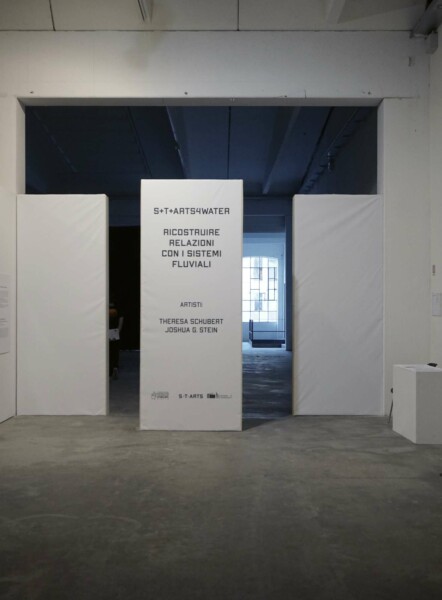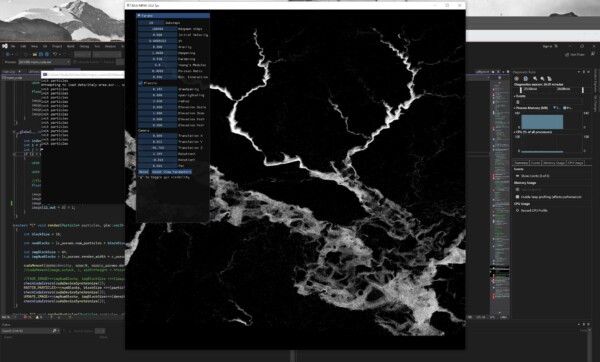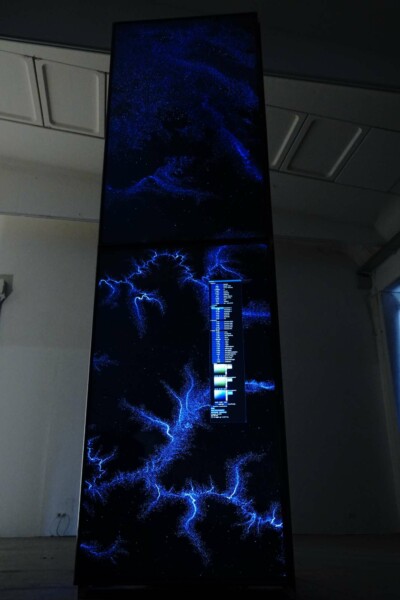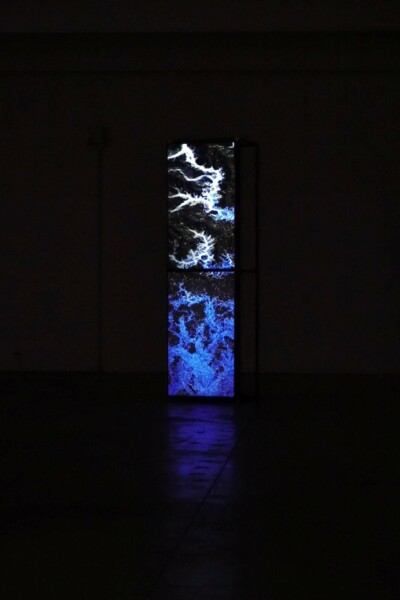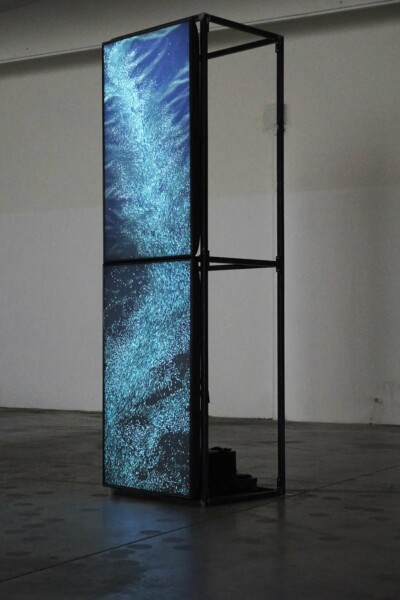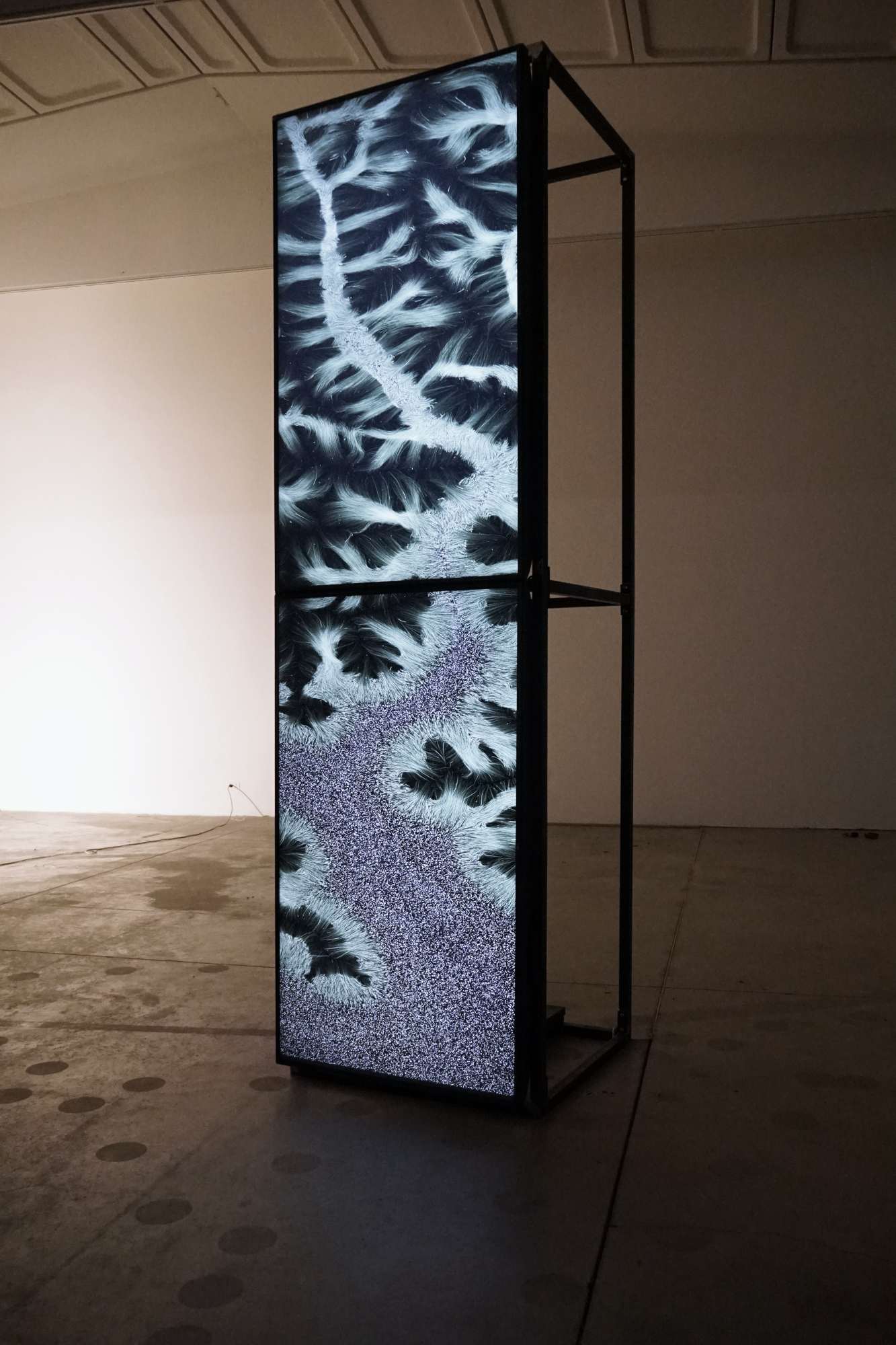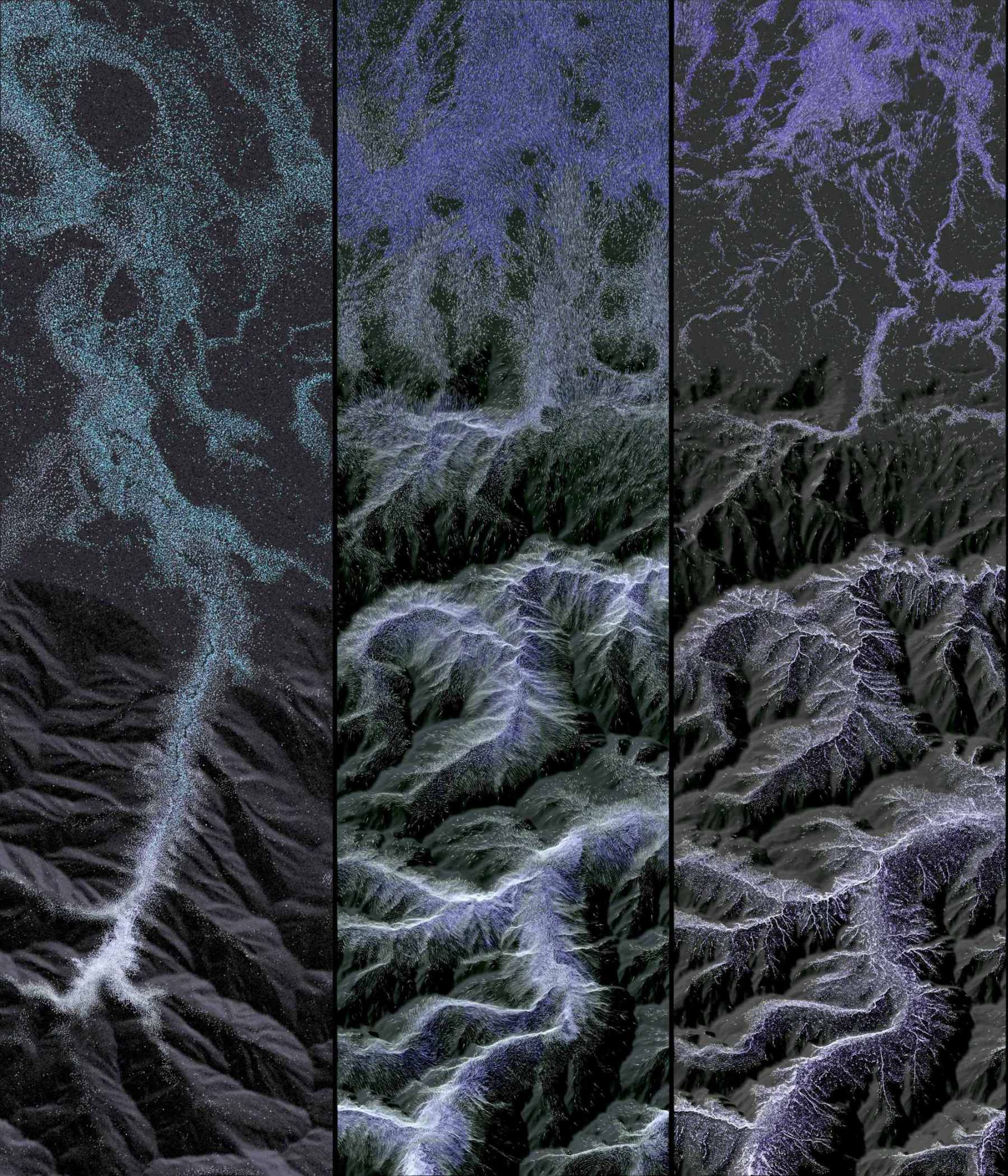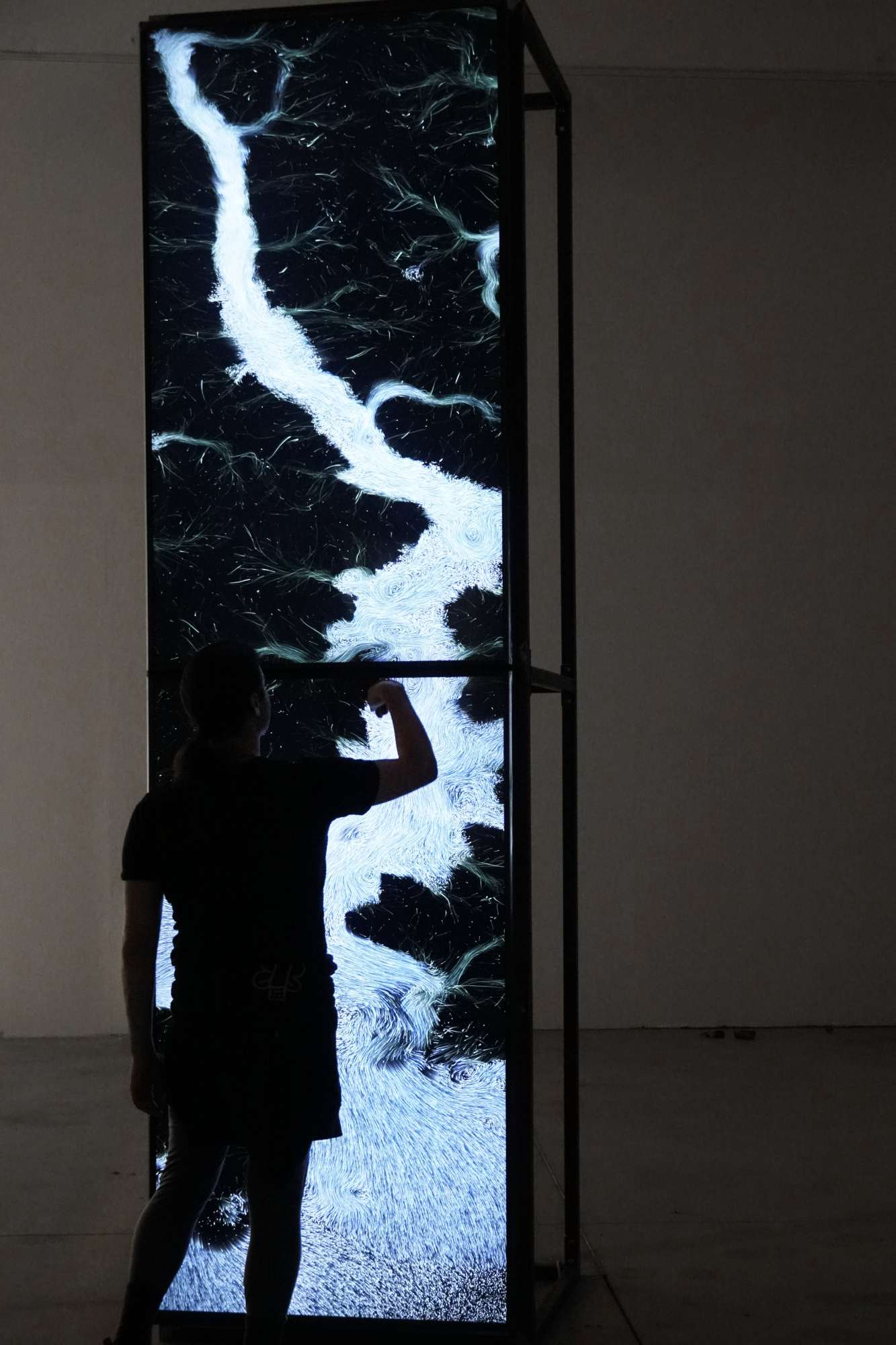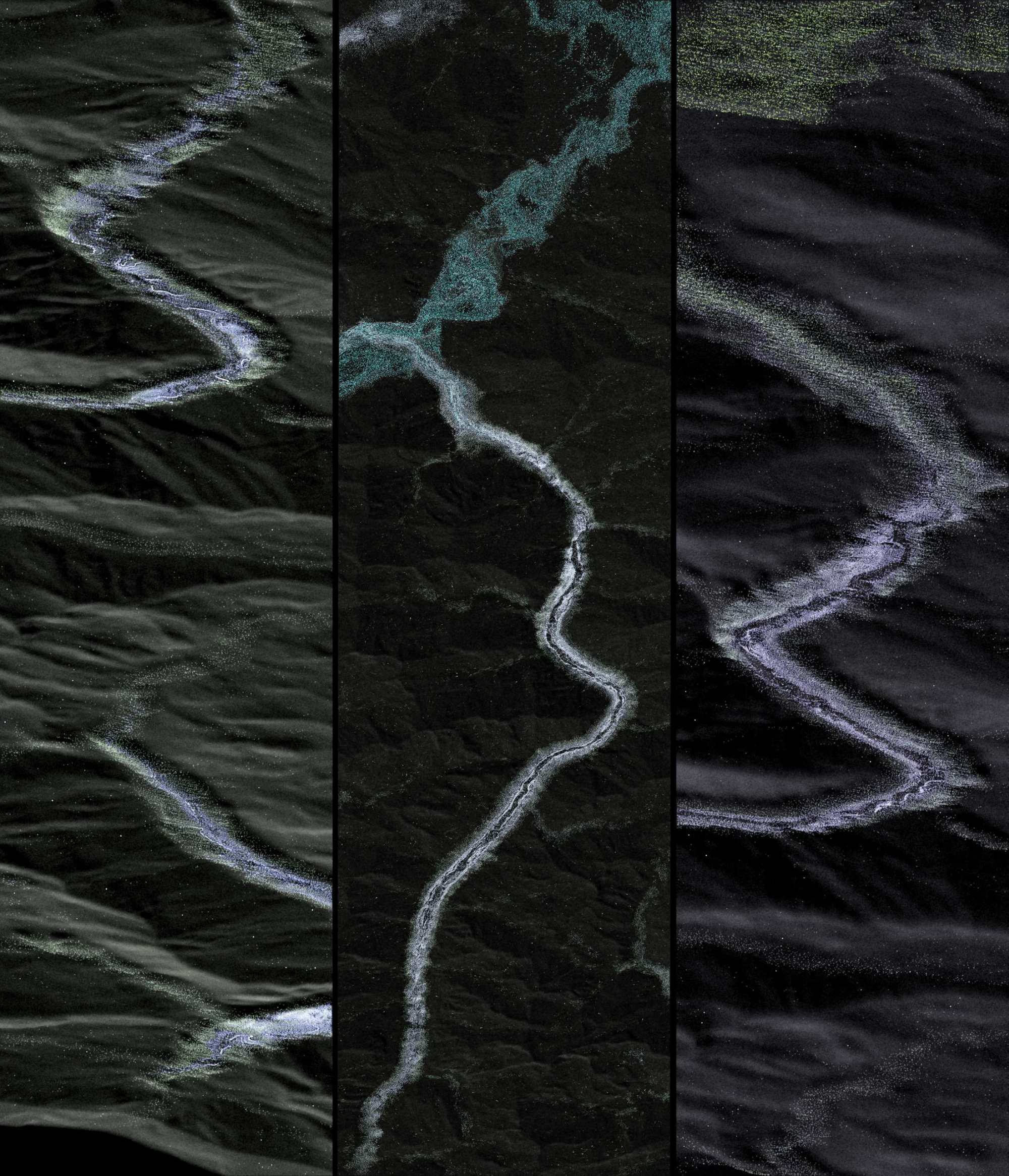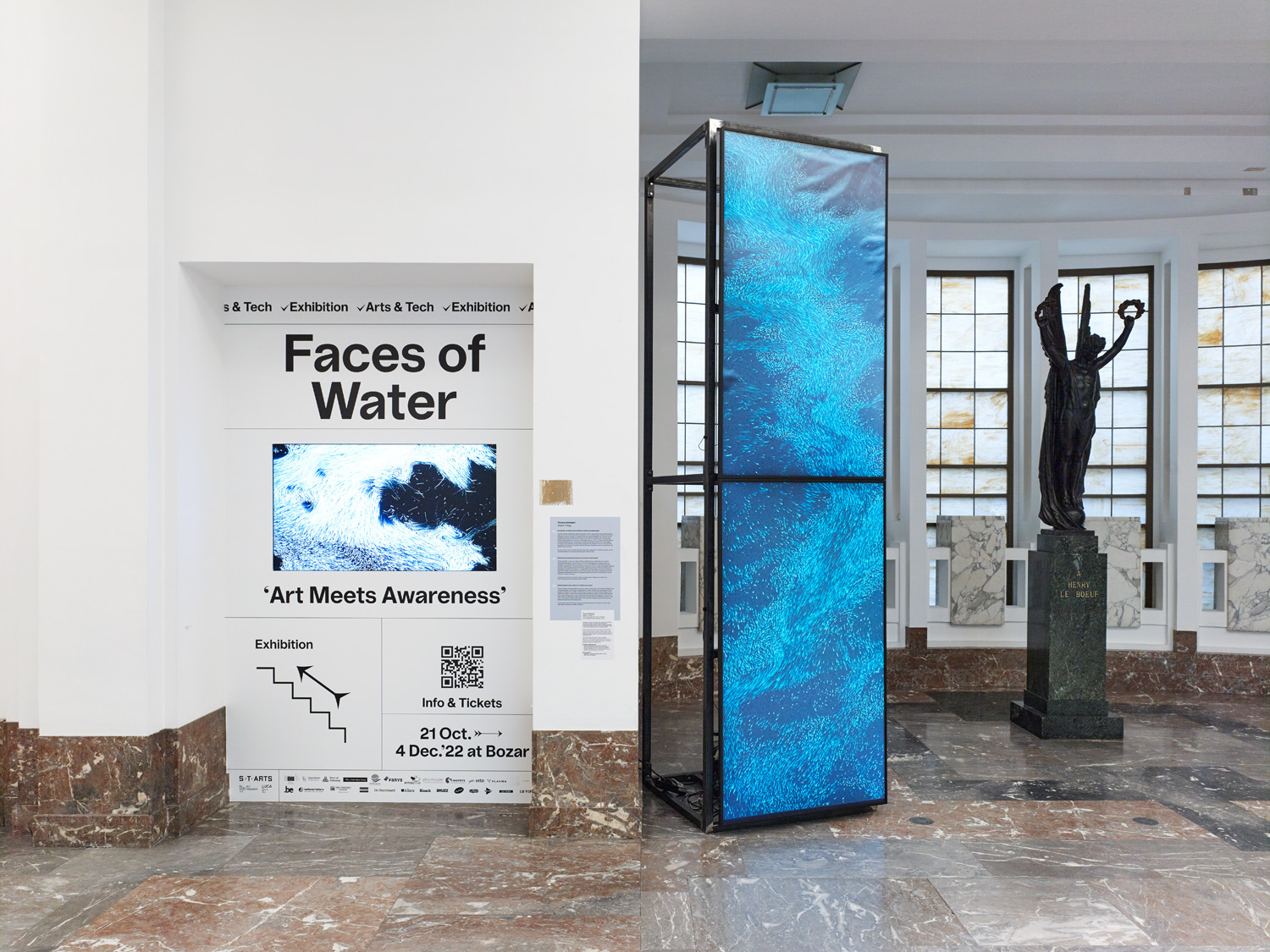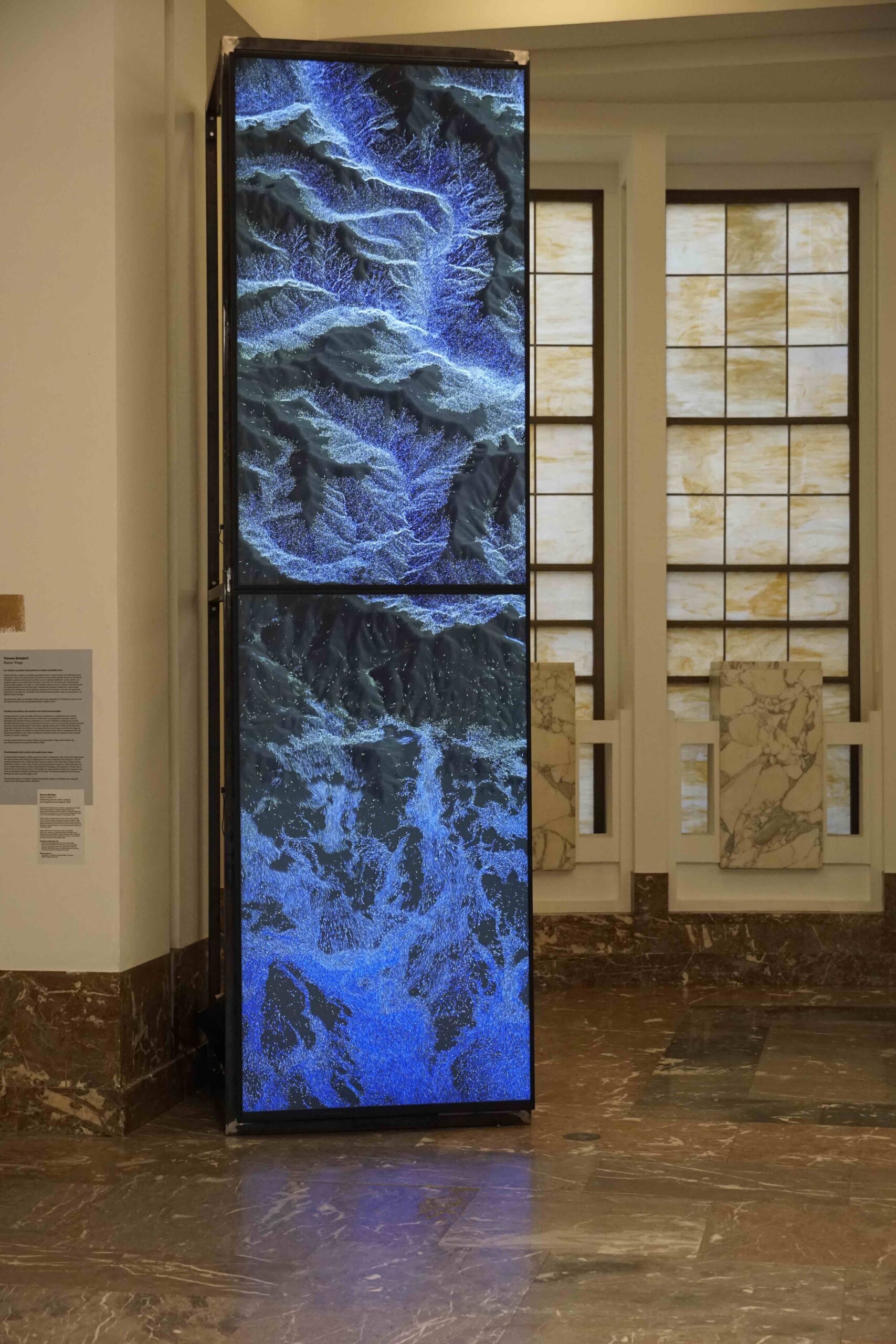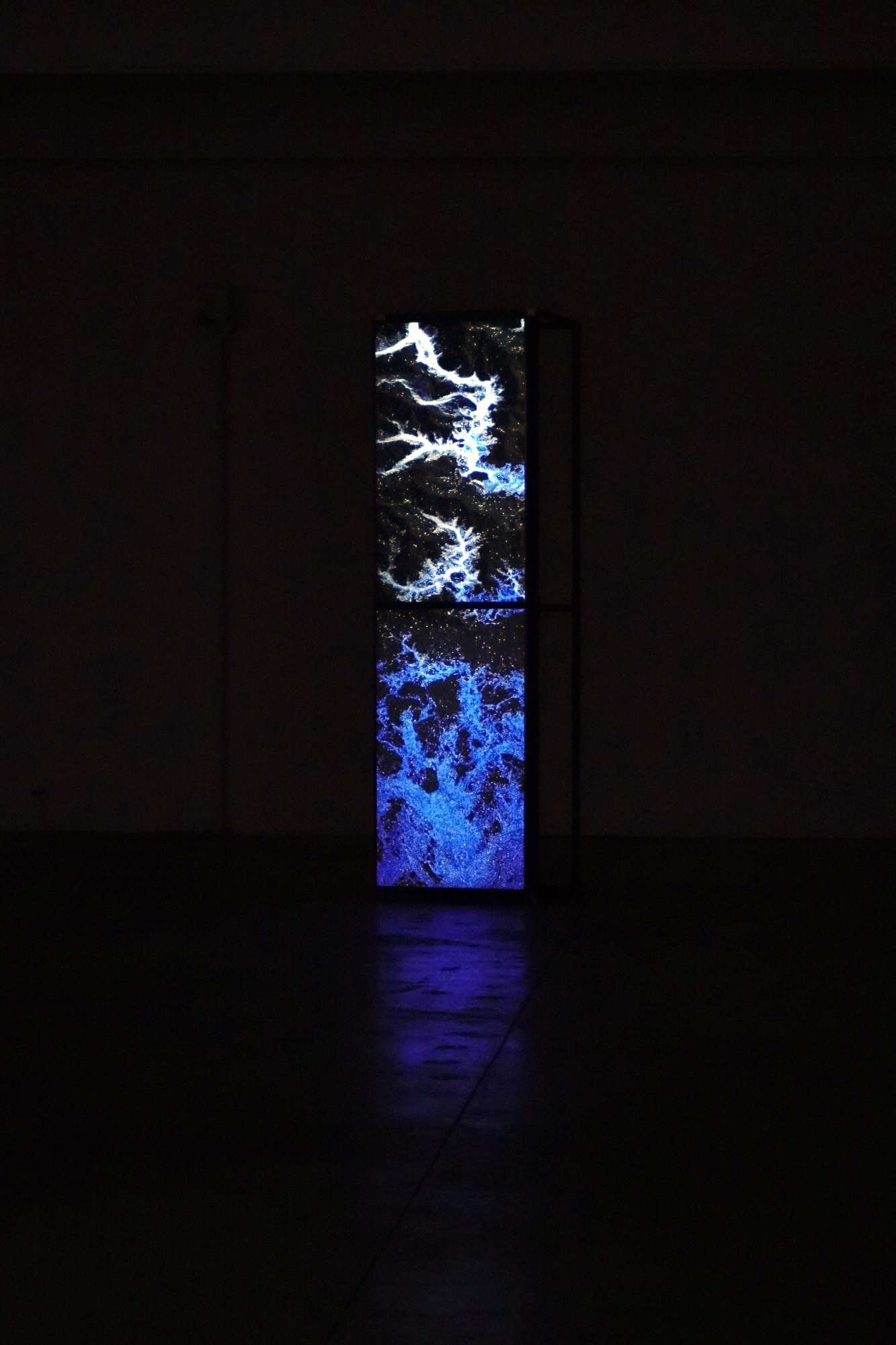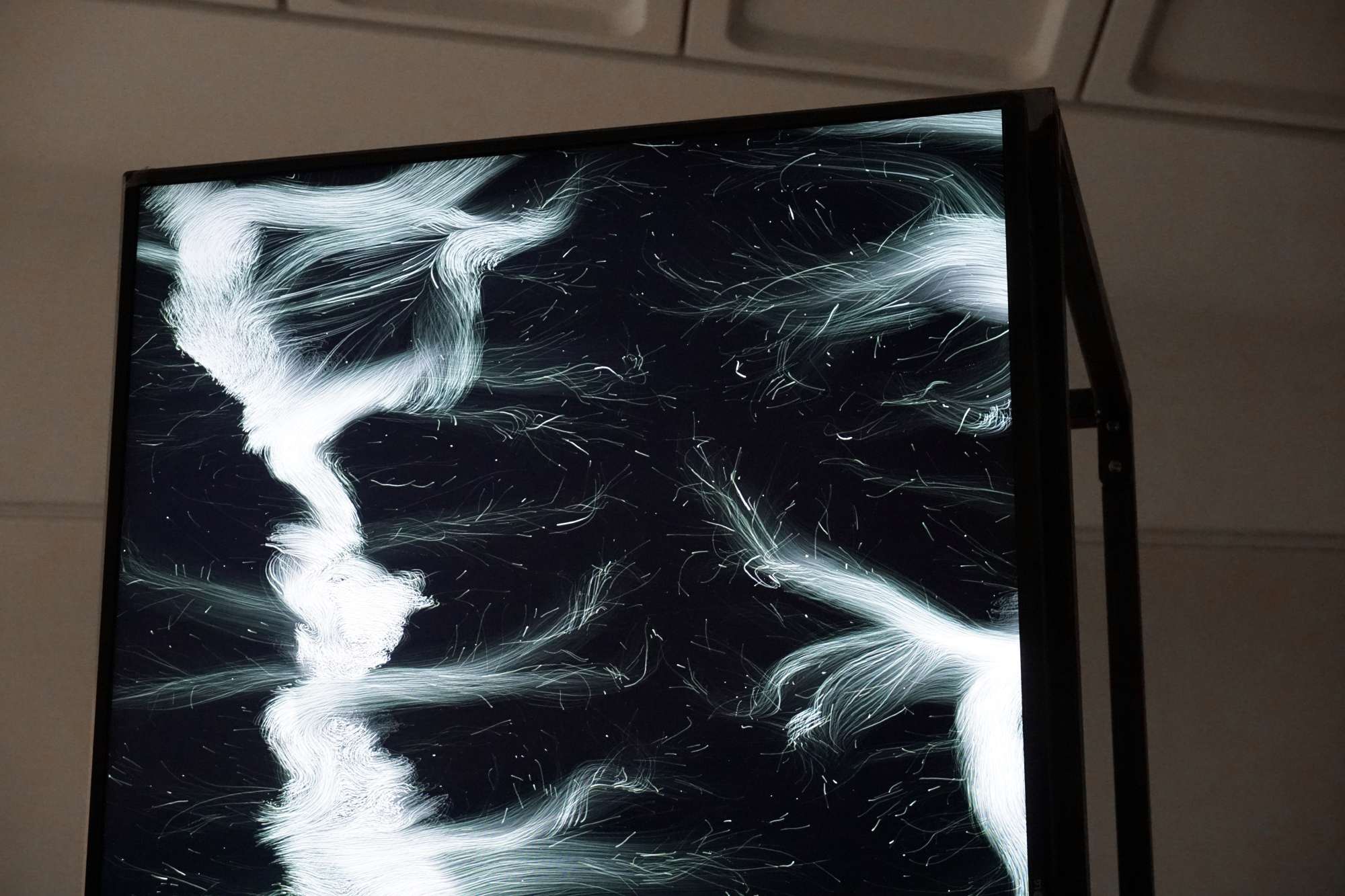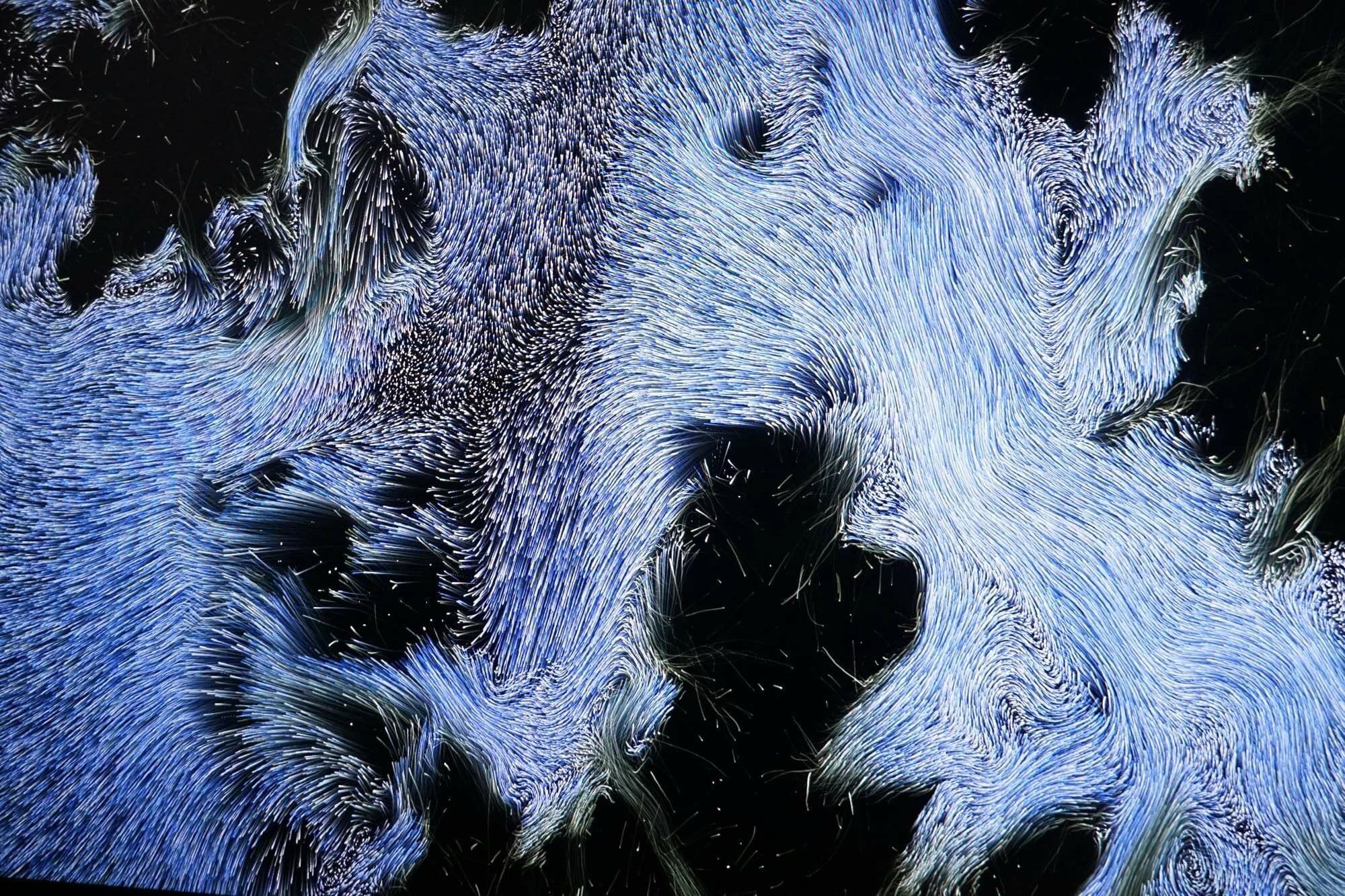Materials and media
Year
Programming
Funded by
Exhibition
Upcoming * BOZAR Brussels
This is part III of the ‘Glacier Trilogy’
The Glacier Trilogy is an immersive artwork investigating glaciers as the starting point of fluvial systems and the future of water in climate crisis. Produced by combining advanced computational technologies (such as generative adversarial networks, atmospheric sensors or real-time ice-fluid simulation for 8K) with sculpture materials and human creativity, the Glacier Trilogy (GT) stimulates an emotional engagement of its audience.
.gif)
The work complex is based on Schubert’s research of fluvial systems in the Piemont area in North-West Italy. Schubert makes works that discuss the human impact on the environment, but also how we can use technology for better and more respectful relationships with nature, which is necessary as humanity is confronted with climate crisis. Glaciers hold an extreme importance not only as storages of water but also as a memory of the earths past and as indicators of climate change. Glacier ice archives millennia-old (an)organic information, such as (micro)organisms, pollen, and atmospheric dust, allowing scientists to acquire knowledge about ancient ecosystems and to predict future climate scenarios.
Inspired by the idea of the hour glass, I designed a digital system together with Sage Jenson, that simulates the emergence and melting process of glacial ice mass. Presented on panoramic screens, the visitors can observe the progression of ice, how fluvial systems come into being and how they shape landscape. The particle systems runs over a digital elevation map of a section of the Westitalian Alps. Diverse physical properties of water (in a solid state known as ice, in a liquid phase known as water drops) shape the landscape.
The exhalation of visitors has a direct impact on the melting process of the glacial ice mass as carbon dioxide (CO2) sensors in the exhibition space will be connected to specific parameters in the video. This interactive element blurs the lines between the natural and the digital world. Thus, a very direct impact of humans on the environment can be experienced.
Rebuilding relationships with river systems presents the final works of artists Theresa Schubert and Joshua G. Stein, the result of their residencies within the project S+T+ARTS4Water (2021-2022), part of S+T+ARTS (Science, Technology and the Arts), an initiative of the European Commission promoted within the framework of the research and innovation programme Horizon 2020, supporting collaborations between artists, scientists, engineers and researchers. Curated by UNIDEE Residency Programs and Cittadellarte – Fondazione Pistoletto’s Art Office
Find out more about my residency and the development process on the STARTS4Water Journal.


